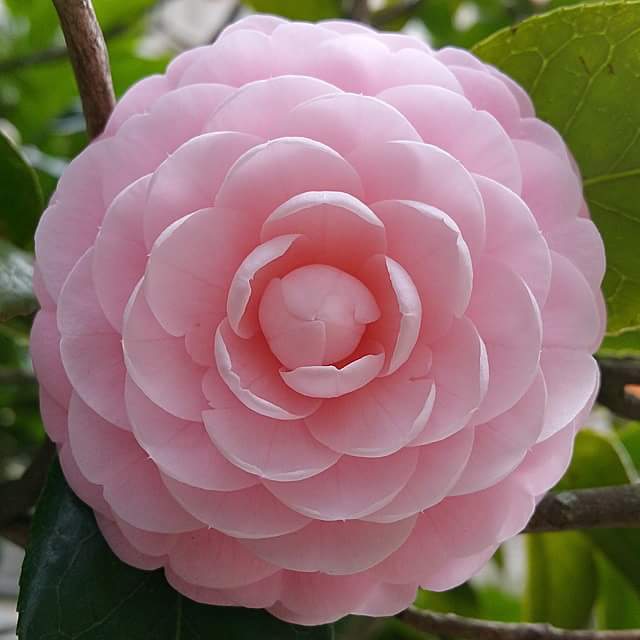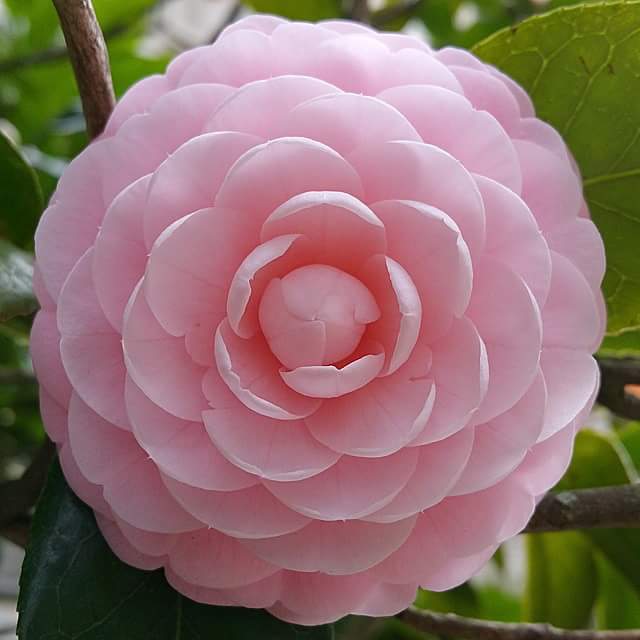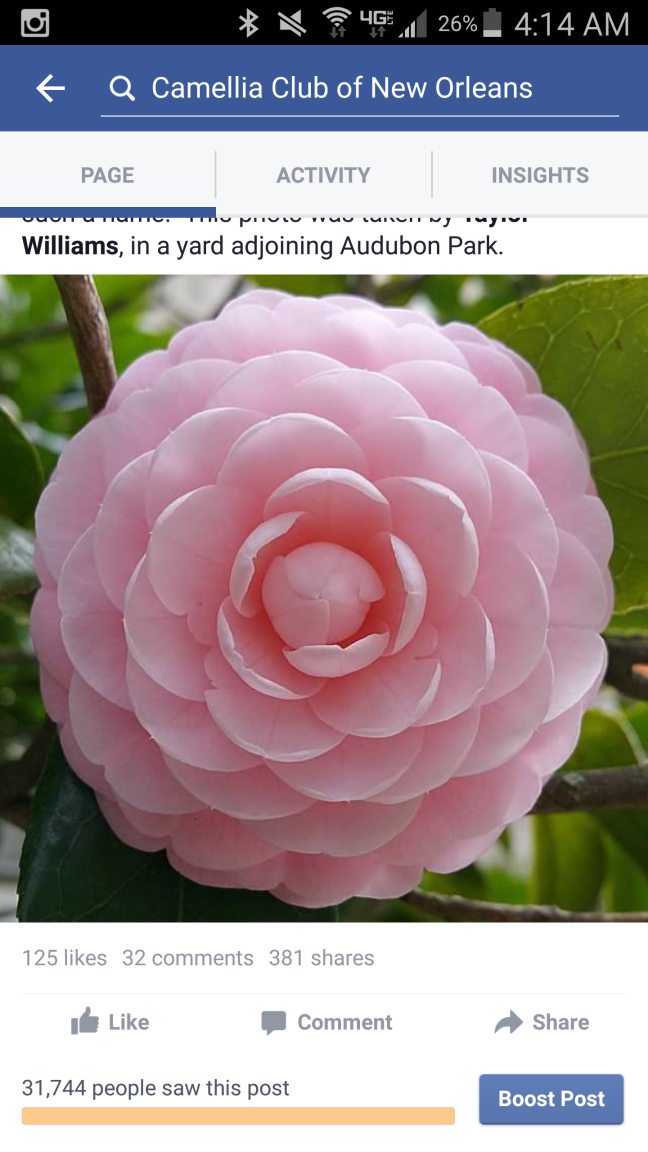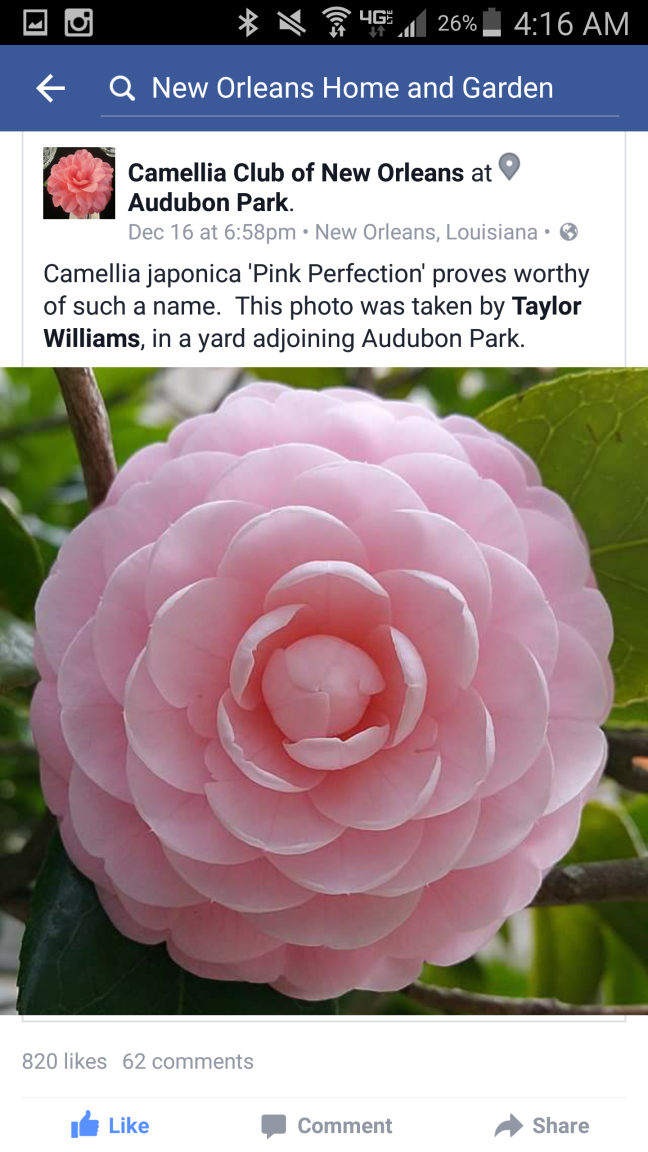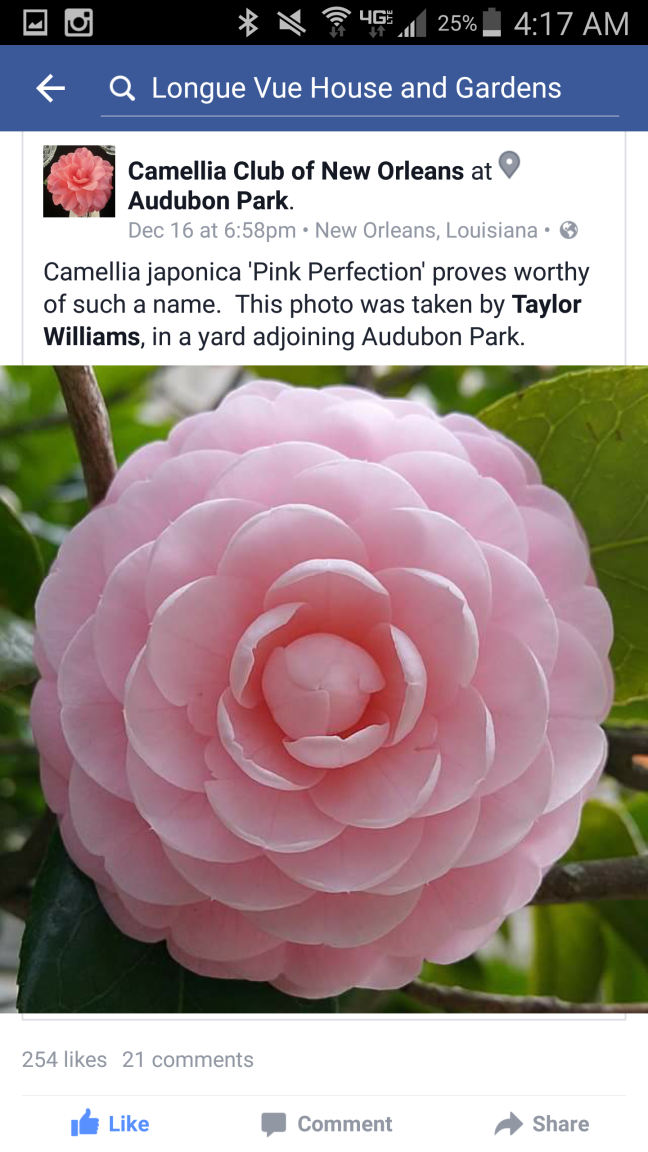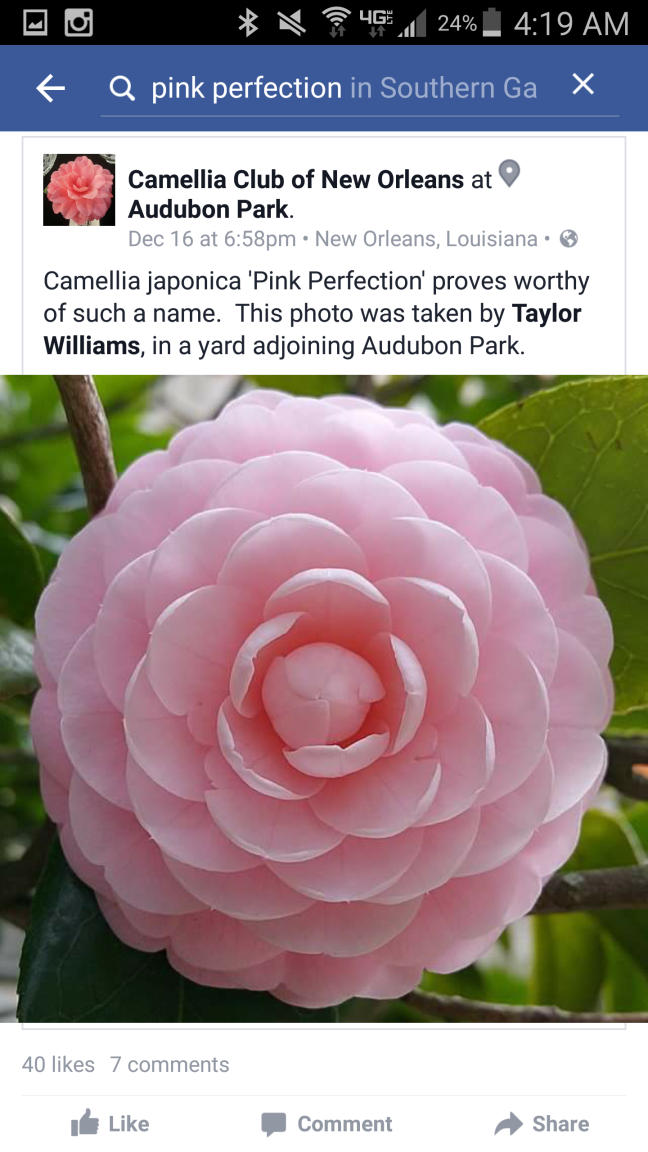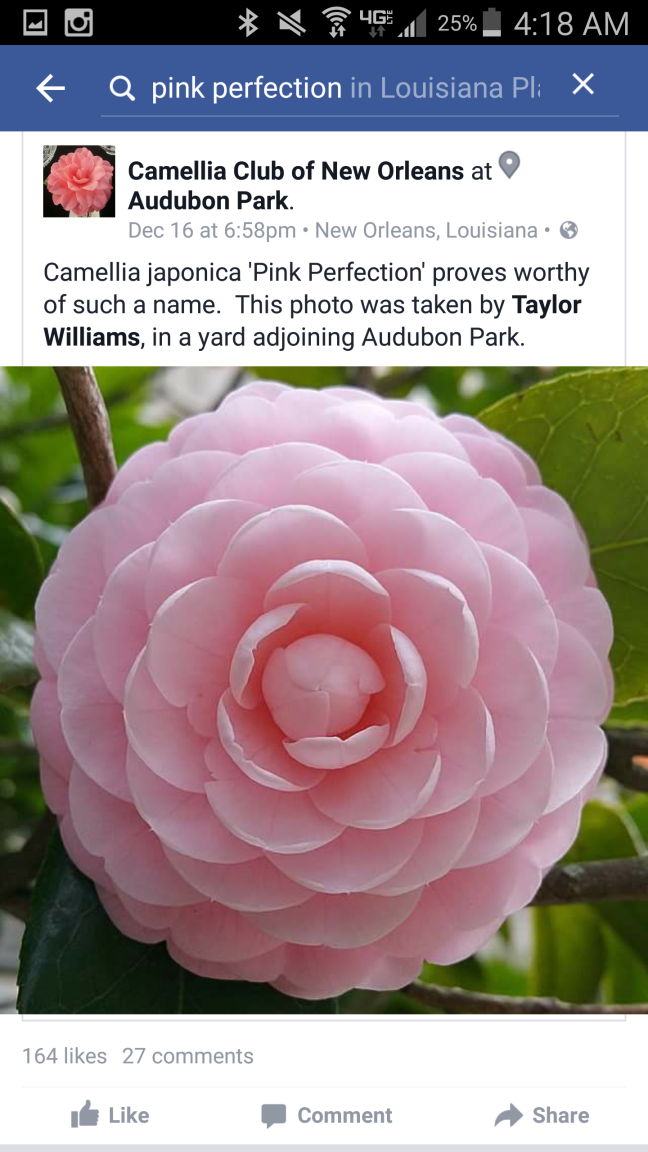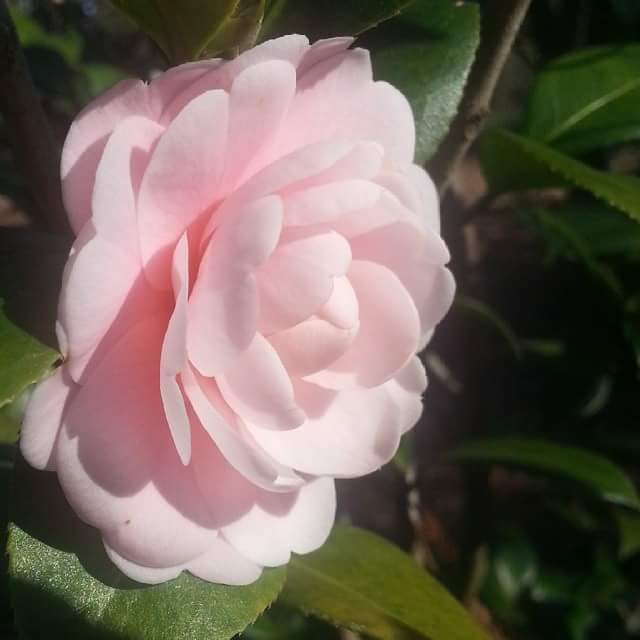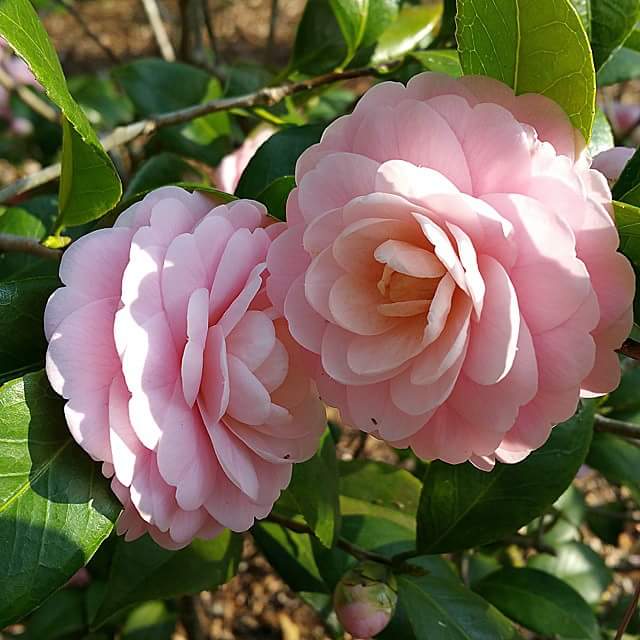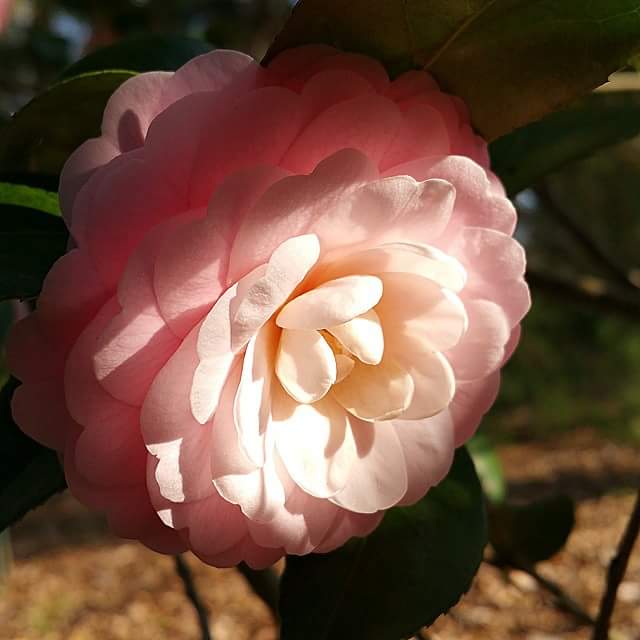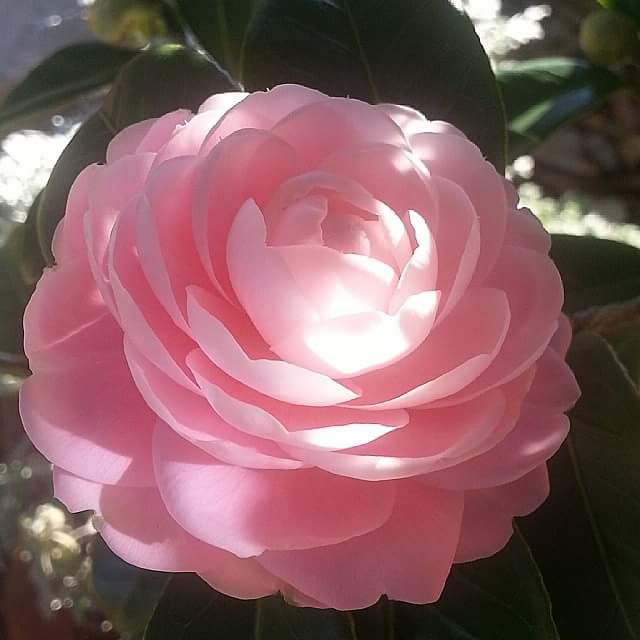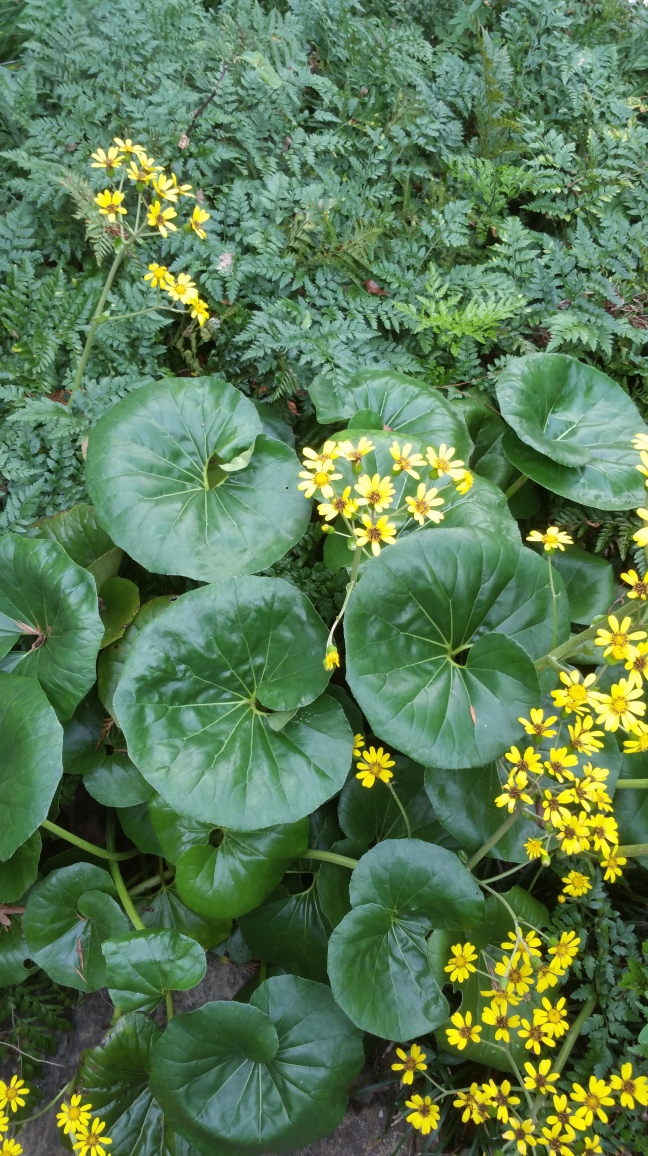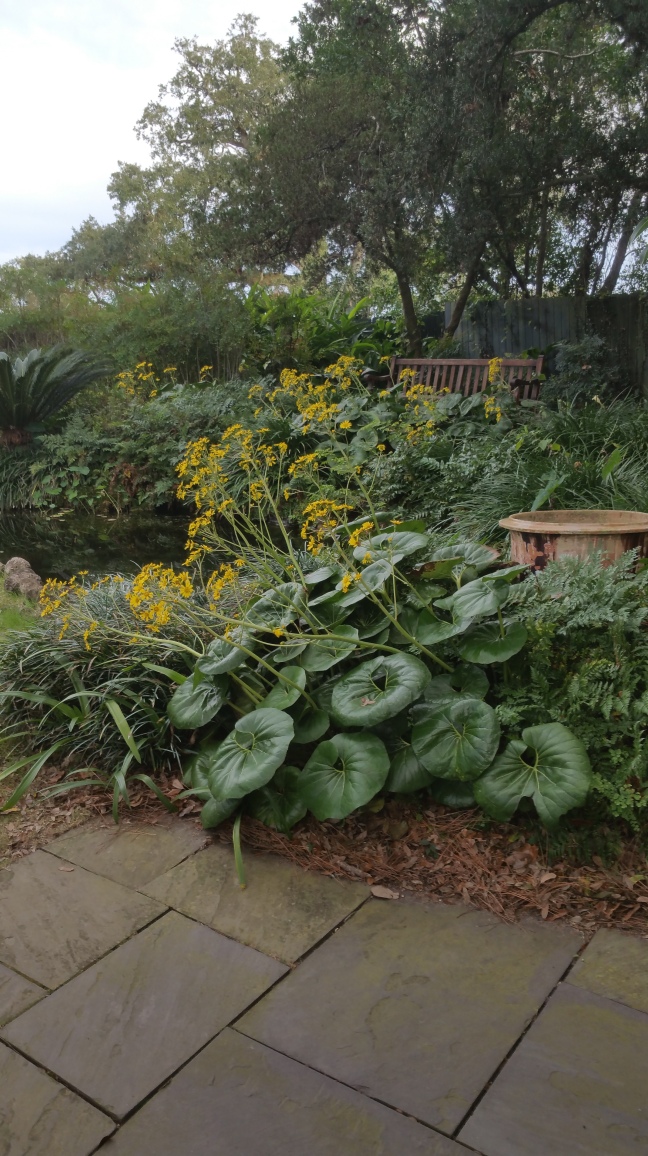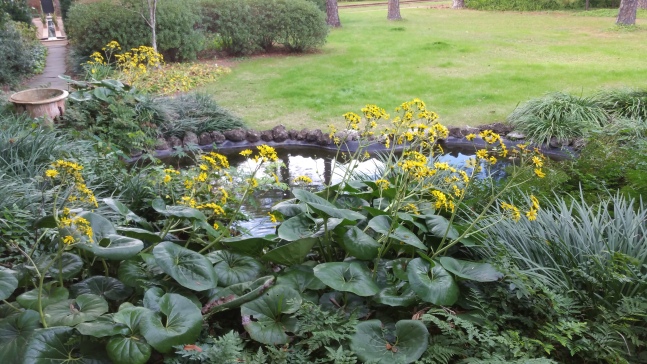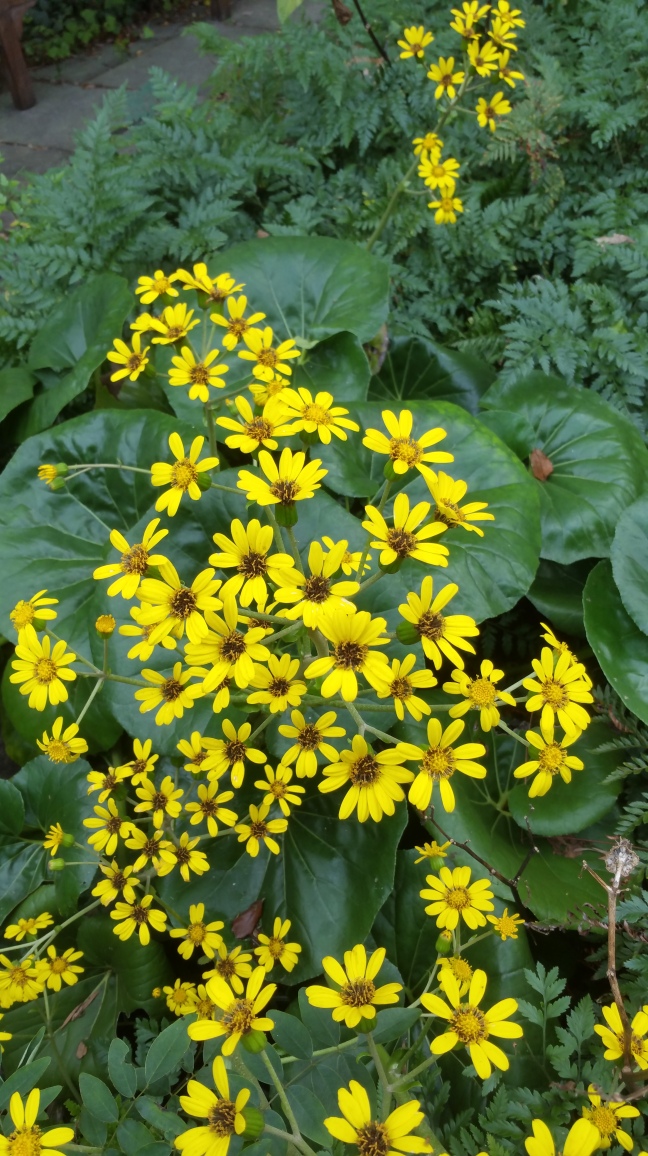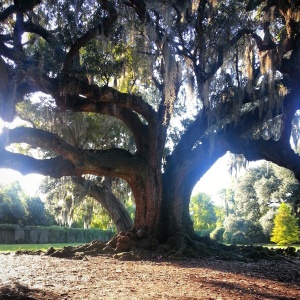Growing up in South Louisiana, there were many plants present, to leave a lasting impression. Perhaps prettiest among the prolific blooming shrubs we grow is Camellia japonica. Of the 30,000 cultivars sprung from this species, one is significantly special to me. Why is that? Well, because the ‘Pink Perfection’ planted by my mother has always seemed magical.
I can remember closely examining the pale pink color and perfectly unfolding petals of formal double blooms. The compact symmetry and style of these flowers (what some refer to as sacred geometry) captivated my consciousness, even as a child. I would dissect buds and blossoms by pulling apart petals. My goal was grasping the mechanism, behind such spectacular floral form. I’d then proceed to toss a pile of petals, onto the lawn. As a horticulturist my inclination is to stop a child, if I see them doing something that appears destructive. Looking back on my own experience as a young boy however, brings me to an opposing perspective. After all, shouldn’t we be encouraging children to connect with plants? (subject for a separate post)
That being said, I recently connected with many others, sharing in the appreciation of ‘Pink Perfection’. This is how it occurred..
This post really took off, after sharing in the Louisiana Plants and Southern Gardening groups, respectively. Many people expressed their love for this plant. Others marveled at the majesty of “God’s creation”. All the comments about this heirloom really hit me. The number of views, shares, likes, and increased traffic on the Camellia Club of New Orleans page was teriffic too. That inspired me to share my sentiment and some basic info about a classic cultivar.
Before entering the United States, Camellia japonica ‘Pink Perfection’ was known by other names. ‘Uso Otome’ was the original title given in Japan. From its place of origin, the plant was propagated and exported to Europe. There, it went by the name ‘Fraud Minna Seidel’. Eventually this selection showed up in Sacramento, where the name ‘Pink Perfection’ was registered (1875). Around that time and throughout the Victorian area, ‘Pink Perfection’ gained popularity. Since then, it has been one of the memorable Camellias in cultivation. Why not, with such an appropriate name?
What’s in a name though, without the knowledge to grow? Luckily, Camellias are mostly low maintenance. Proper cultural practices keep these pretty shrubs pest free. That starts with placement. A Camellia japonica prefers protection from afternoon sun. Filtered light beneath tree limbs such as pines is also preferable. Furthermore, mixing Camellias with other species creates diversity and a more resilient community. Native deciduous shrubs like Itea Virginica (Virginia Sweetspire) or Callicarpa americana (American Beautyberry) can offer contrast to deep evergreen foliage. They also add several seasons of interest.
Next is planting. Dig a hole 2-3 times the diameter of the root ball or container. You want the top of the root ball to sit slightly exposed about soil level (an inch or two to help with drainage). Backfill the hole with native soil. Top dress and cover the exposed roots with rich garden soil. Create a gentle mound sloping down from the center. Something pine bark based is good. You could even add a little peat moss. (This applies to containers too) I say this, because New Orleans soils are Alkaline. Pine bark and peat will help lower PH and provide a better situation for nutrient uptake. Keep this in mind when selecting mulch too. Not only are pine straw and bark more sustainable, but these are the best mulches. They provide exellent organic matter, in addition to lowering PH. Use around 3 inches of mulch, being careful not to pile against the trunk.
Then comes pruning. Prune with clean hand shears if possible. Try and encourage a spreading open form. Increased airflow deters pests, but don’t get too crazy. Avoid hedging back to the same point also. Camellia sasanqua is better suited to being sheared, with smaller leaves. I intend to make a video soon and demonstrate all of this.
The last thing to remember is watering. Planting should be done in the cooler months (November-February), when watering is less critical. Planting in Fall also gives the roots time to establish during peak root growth. That makes a big difference for a Camellia, by its first South Louisiana summer. Anyway, water deeply, but not too frequently. Keep an eye on soil moisture. Over watering can encourage root rot. It can also discourage plants from seeking out naturally occurring moisture. That balance is good, until a Camellia can eventually be weaned off supplemental water. You can always run an irrigation system too.
Now if for some reason, your Camellias do end up with scale, use horticultural oil. Proper application is necessary though as it only kills on contact. You must completely saturate the foliage, both tops and bottoms, to be effective. Follow these steps and you’ll perfect growing ‘Pink Perfection’ in no time. Or hire an educated professional! Now check out these old ‘Pink Perfection’ pics from my Instagram below.
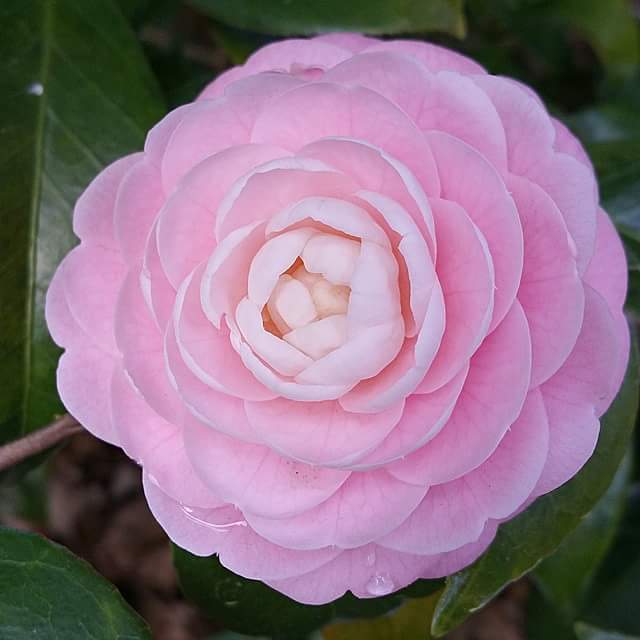
Happy Gardening!
